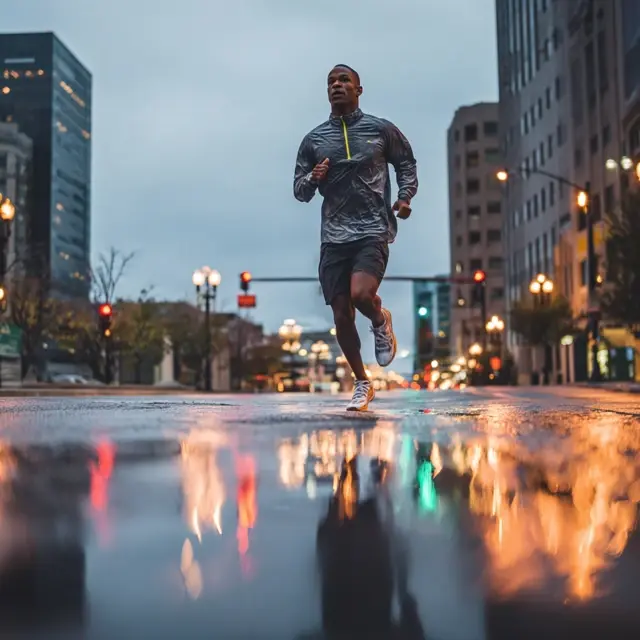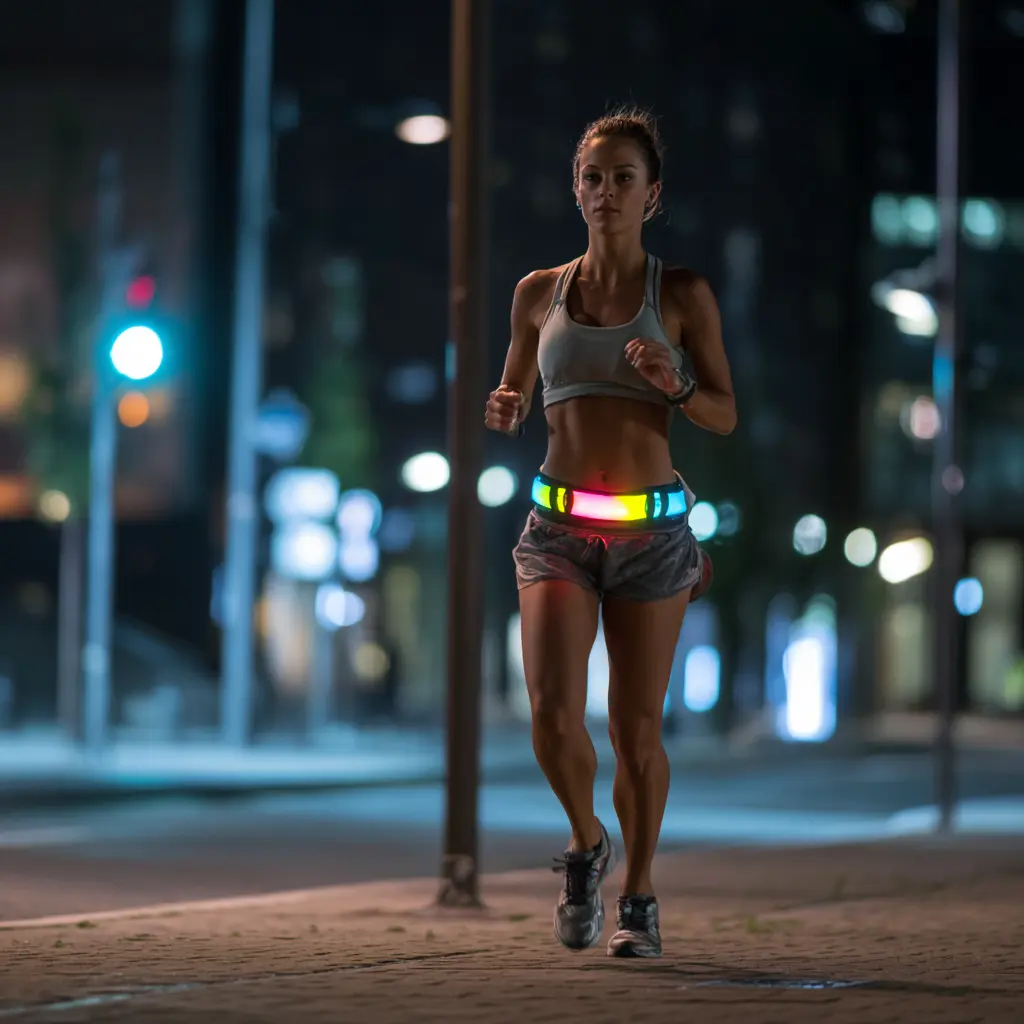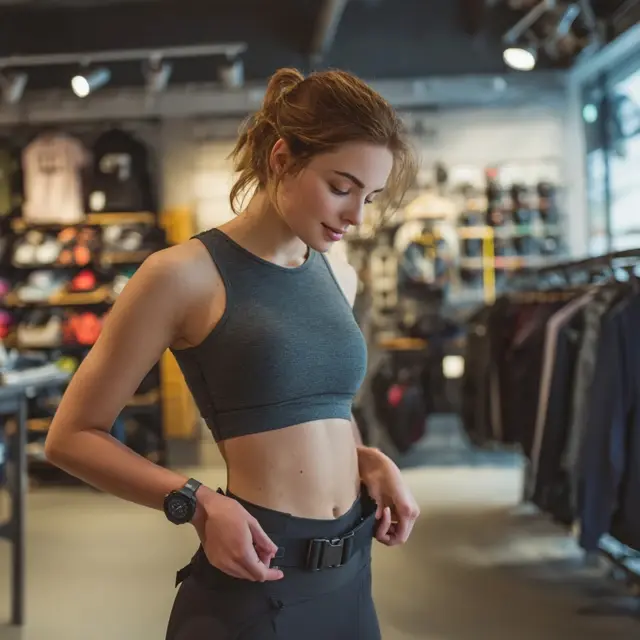Tips on Choosing a Running Belt for Urban Runners
Running through busy streets, parks, and sidewalks requires gear tailored to the city environment. A running belt designed for urban runners should balance safety, convenience, and comfort. From reflective strips to secure storage, here’s how to choose the right belt for city runs.
Why Urban Runners Need Specialized Belts
Unlike trail or rural runs, city runs involve more traffic, stoplights, and distractions. A running belt for urban use should provide:
- High visibility: Essential for safety in traffic-heavy areas.
- Quick storage access: For phones, cards, or transport passes.
- Secure fit: Prevents shifting during frequent stop-and-go pacing.
Step 1: Prioritize Reflective Safety
Urban environments often mean running at dawn, dusk, or nighttime when traffic is still active. Look for:
- Reflective strips: Enhance visibility from multiple angles.
- Neon or bright fabrics: Provide added safety in daylight and low light.
- LED integrations: Some belts feature built-in lights for maximum safety.
Step 2: Consider Storage for Daily Essentials
City runners may need to carry items beyond keys and phones, such as metro cards, ID, or small wallets. Ideal urban belts include:
- Multiple compartments: Keep valuables organized.
- Zippered pockets: Prevent theft or accidental drops in crowded areas.
- Expandable storage: Fits phones of all sizes without bulk.
Step 3: Focus on Bounce-Free Stability
Running on pavement with frequent stops requires belts that stay firmly in place. Look for:
- Compression-style fits: Wrap securely around the waist or hips.
- Non-slip linings: Prevent sliding during quick accelerations.
- Adjustable straps: Allow customization over different outfits.
Step 4: Ensure Breathable and Lightweight Fabrics
City runs often take place in varying weather conditions. To stay comfortable:
- Choose belts with moisture-wicking fabrics to handle sweat.
- Look for breathable mesh panels for airflow in hot climates.
- Opt for slim, lightweight builds that don’t feel bulky on sidewalks or transit stops.
Step 5: Match Belt Features to Your Commute
Some city runners combine jogging with commuting. If this is you, consider:
- Hidden compartments: For cards, cash, or transport tickets.
- Water resistance: To protect electronics from rain or puddle splashes.
- Discreet design: A belt that doubles as a casual waist pack off the run.
Conclusion
The best running belt for urban runners combines visibility, secure storage, and lightweight comfort. Whether navigating busy streets or running to catch a subway, a belt designed for city life ensures your essentials stay safe and your run remains distraction-free.
For more advice, explore our urban running gear recommendations and safety tips for city runners.




